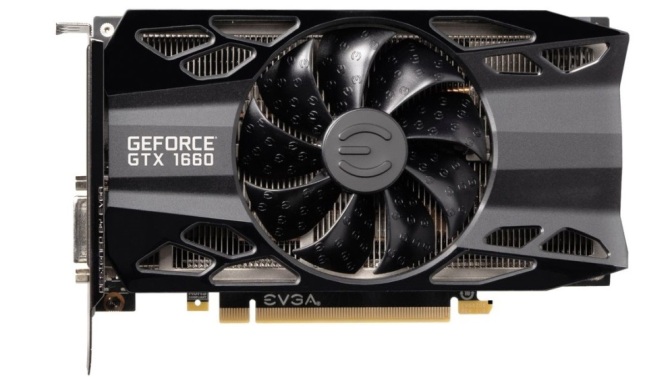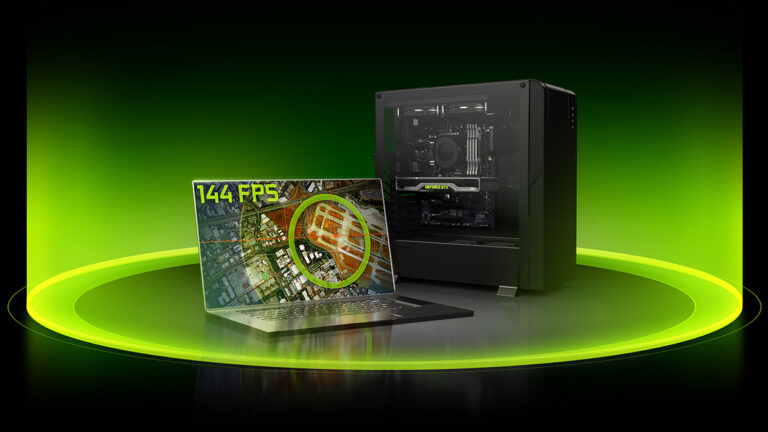Although the GTX name sounds archaic now, these GPUs were very popular with the general public.
Budget gamers, this is a sad day as reports suggest that Nvidia is putting its much-loved GTX 16-series GPUs to rest. Although Nvidia has not confirmed this, these GPUs are getting on in age and are the only non-RTX cards the company produces; at this point, it probably wants gamers to use its RTX-branded cards so that adoption rates for DLSS and ray tracing can continue to rise, so this move does make sense for Nvidia’s future.
According to Wccftech, information about Nvidia’s intentions to discontinue the 16-series comes from a Chinese board partner forum. The forum reports that Nvidia informed its partners that it will stop producing the cards in a few weeks, during the first quarter of 2024. In response, partners were instructed to order what they need now, as the cards will no longer be made. This appears to signal the end of the era of reasonably priced Nvidia GPUs, as these cards were the only reasonably priced alternatives to the company’s much more expensive RTX line of GPUs.
Since their original release in 2019, the GPUs have been well-liked on the Steam charts since they provided an inexpensive means of obtaining good performance in both older titles and e-sports.

The GTX 1660, GTX 1660 Ti, GTX 1660 Super, GTX 1650, GTX 1650 Super, GTX 1650 Ti, and the entry-level GTX 1630 are among the many cards in this family that Nvidia continued to produce because of their popularity among budget-conscious gamers. These cards were introduced in the middle of the Turing era, when Nvidia was attempting to persuade consumers to purchase its RTX 20 series, but because ray tracing was still in its infancy and only supported in a small number of games, the 16-series were Turing GPUs without support for ray tracing; most of them cost between $169 and $229, while Nvidia’s entry-level GPU is the $249 RTX 3050.
The company has been making history-breaking profits lately because of the increasing demand for its AI accelerators, which has led to the company becoming more of an AI business than a gaming business. In the most recent quarter that ended in October, its data center revenue was 5X that of its gaming business, so it might not be too concerned about producing low-cost GPUs with thin profit margins these days. It remains to be seen if Nvidia will replace these GPUs with a new non-RTX line of affordable GPUs, but it seems unlikely.

